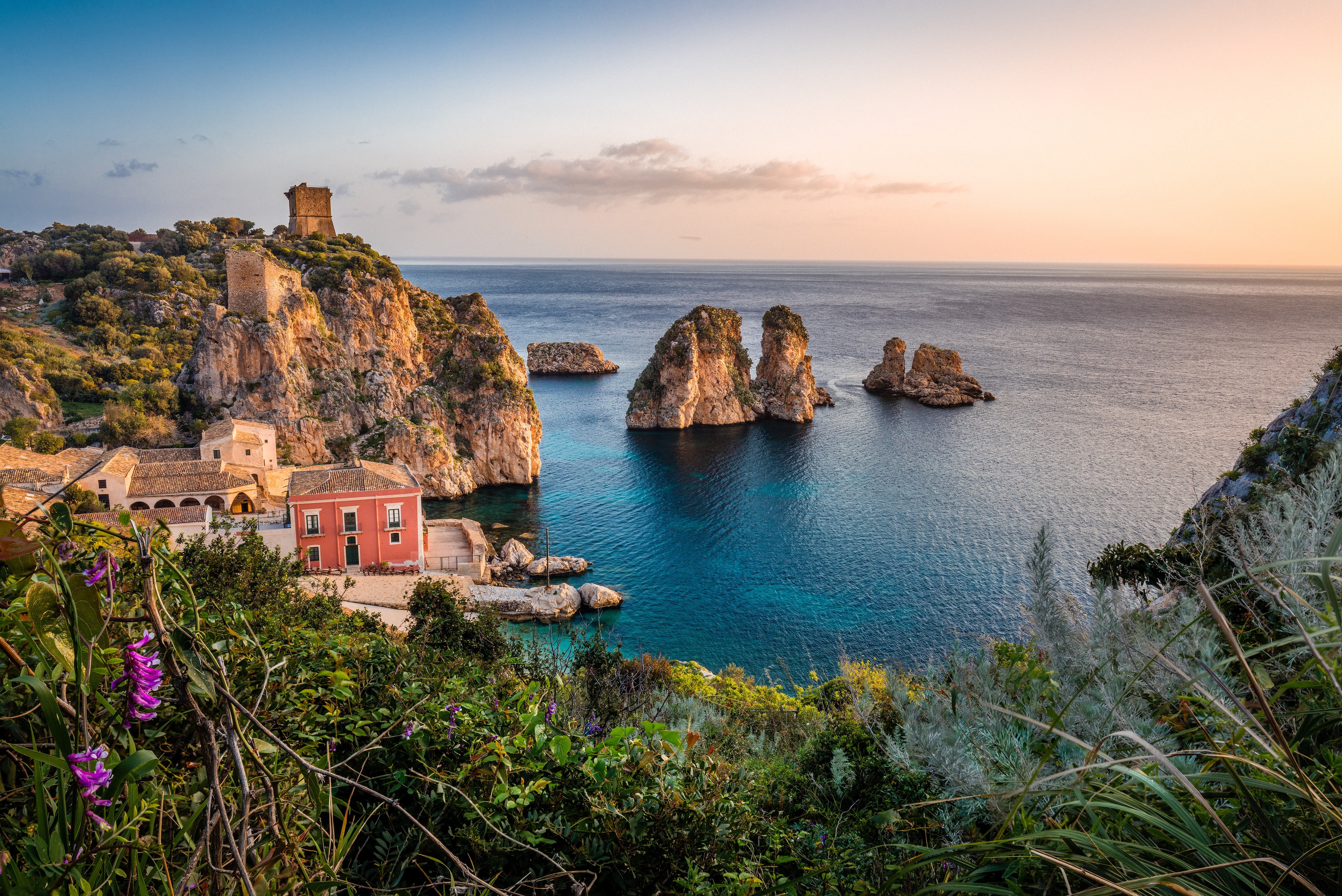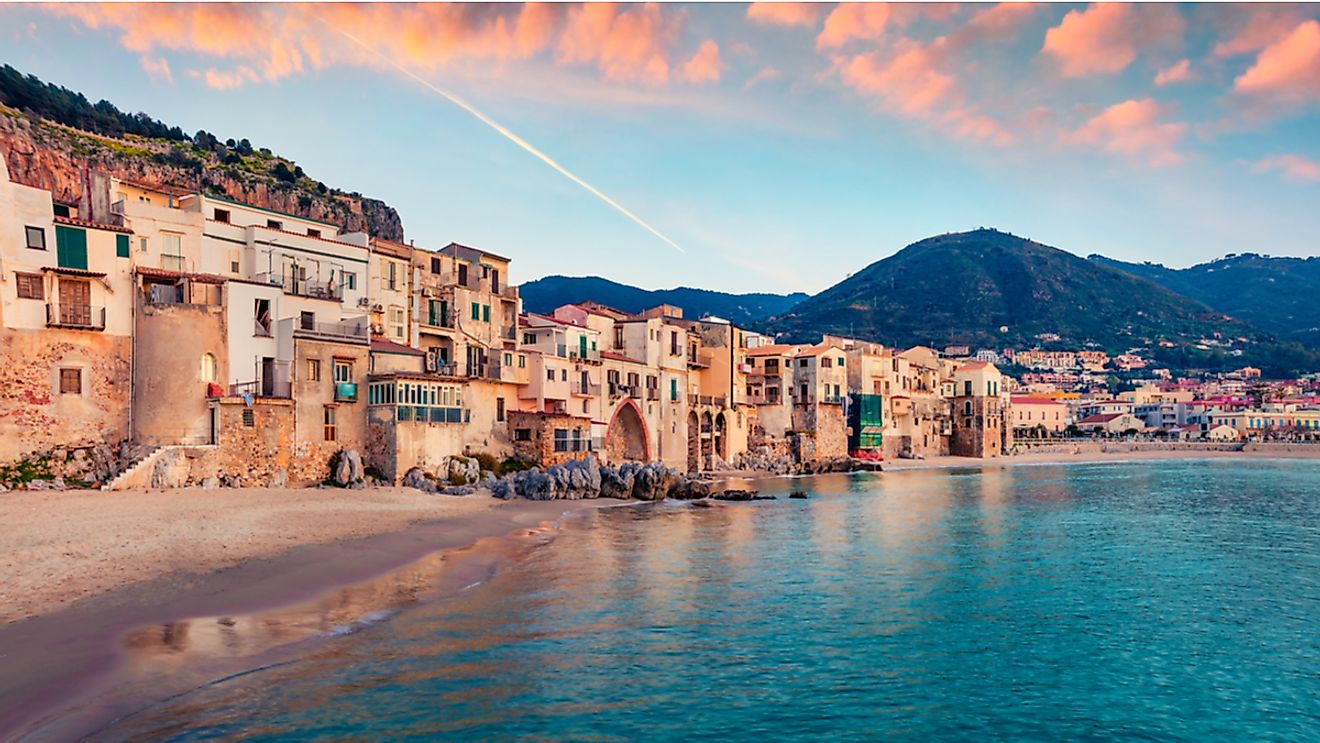Sicilian History and Culture

Sicily italy – Sicily’s rich history and diverse culture are a testament to the island’s strategic location at the crossroads of the Mediterranean Sea. Over the centuries, Sicily has been ruled by a succession of different empires, each of which has left its mark on the island’s culture and traditions.
The Sicilian sun, an unforgiving mistress, beat down on the ancient ruins of Taormina. Its golden rays illuminated the scars of time, revealing the faded glory of a bygone era. In the midst of this timeless landscape, a flicker of modern life emerged.
A roar from the stadium announced the arrival of Tigres Necaxa , a Mexican football team on a tour of Europe. Their presence, a vibrant contrast to the ancient surroundings, served as a reminder that even in the heart of history, the pulse of the present still beats strong.
Greek Influence
The Greeks were the first to colonize Sicily in the 8th century BC. They founded several important cities, including Syracuse, which became one of the most powerful city-states in the Mediterranean. The Greeks brought with them their culture, religion, and philosophy, which had a profound impact on Sicilian society.
Roman Influence
The Romans conquered Sicily in the 3rd century BC. They turned the island into a province of the Roman Empire and introduced their own laws, language, and administration. The Romans also built roads, aqueducts, and other infrastructure projects that helped to develop the island’s economy.
Arab Influence
The Arabs conquered Sicily in the 9th century AD. They ruled the island for over two centuries and introduced their own culture, religion, and language. The Arabs also made significant contributions to Sicilian architecture, art, and science.
Norman Influence
The Normans conquered Sicily in the 11th century AD. They established a kingdom that lasted for over two centuries and introduced their own feudal system and culture. The Normans also built many castles and churches, which are still some of the most impressive examples of Norman architecture in the world.
Spanish Influence
The Spanish conquered Sicily in the 15th century AD. They ruled the island for over three centuries and introduced their own language, culture, and religion. The Spanish also built many Baroque churches and palaces, which are still some of the most popular tourist attractions in Sicily.
Artistic and Architectural Heritage
Sicily’s rich history and diverse culture are reflected in its artistic and architectural heritage. The island is home to some of the most important Greek temples, Roman ruins, Arab mosques, Norman castles, and Spanish Baroque churches in the world. Sicily’s art and architecture is a testament to the island’s unique blend of cultures.
From the sun-kissed shores of Sicily, Italy, to the rugged peaks of Colorado, the plague’s deadly embrace has left its mark. A recent colorado plague case serves as a chilling reminder of the disease’s enduring presence, its shadows reaching across oceans and centuries to haunt the streets of Sicily once more.
Sicilian Landscapes and Nature

Sicily boasts a mesmerizing tapestry of landscapes, from rugged coastlines to the majestic heights of Mount Etna. The island’s diverse topography has shaped its unique flora and fauna, including the endangered loggerhead sea turtle. Sustainable tourism and conservation efforts are crucial to preserving this natural heritage for generations to come.
Rugged Coastlines, Sicily italy
The coastline of Sicily is a symphony of rugged cliffs, sandy beaches, and secluded coves. The northern coast, with its dramatic headlands and towering cliffs, offers breathtaking views of the Tyrrhenian Sea. The southern coast, facing the Mediterranean Sea, features long stretches of sandy beaches, perfect for sunbathing and swimming. The Aeolian Islands, a group of volcanic islands off the northern coast, offer a pristine paradise for snorkelers and divers.
Mount Etna
Mount Etna, the highest active volcano in Europe, dominates the eastern coast of Sicily. Its slopes are covered in lush vegetation, dotted with vineyards and olive groves. The summit offers panoramic views of the island and the surrounding sea. Visitors can hike to the crater or take a cable car to the summit for a truly unforgettable experience.
Flora and Fauna
Sicily is home to a rich diversity of plant and animal life. The island’s Mediterranean climate supports a wide range of vegetation, including citrus trees, almond trees, and wildflowers. The coastal waters are home to a variety of marine life, including dolphins, whales, and the endangered loggerhead sea turtle. The loggerhead sea turtle nests on the sandy beaches of Sicily, and conservation efforts are underway to protect this species.
Sustainable Tourism
Sustainable tourism is essential for preserving the natural beauty of Sicily. Visitors are encouraged to choose eco-friendly accommodations, support local businesses, and minimize their impact on the environment. Conservation efforts are also crucial, such as protecting the loggerhead sea turtle and reducing pollution. By working together, we can ensure that Sicily’s landscapes and nature will continue to enchant visitors for generations to come.
Sicilian Cuisine and Gastronomy: Sicily Italy

Sicilian cuisine is a delightful symphony of flavors, a testament to the island’s rich history and diverse cultural influences. It draws inspiration from the culinary traditions of the Arabs, Greeks, Romans, and Normans, resulting in a unique and tantalizing blend of flavors.
Traditional Dishes
Sicilian cuisine boasts an array of traditional dishes that have become culinary icons. Pasta alla Norma, a delectable pasta dish featuring eggplant, ricotta salata cheese, and fresh basil, is a testament to the island’s agricultural abundance. Arancini, deep-fried rice balls filled with a variety of ingredients such as meat, cheese, and vegetables, are a beloved street food enjoyed by locals and tourists alike.
Arab and Mediterranean Influences
The influence of Arab and Mediterranean culinary traditions is evident in the use of spices, nuts, and dried fruits in Sicilian cooking. Couscous, a staple in North African cuisine, has found a home in Sicily, often served with seafood or vegetables. Caponata, a sweet and sour dish made with eggplant, celery, and capers, showcases the fusion of Arab and Mediterranean flavors.